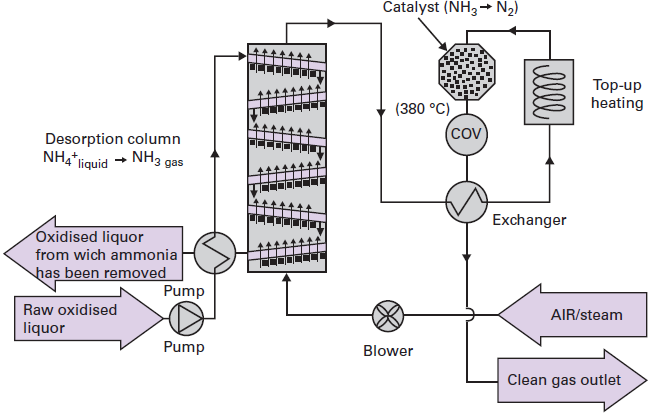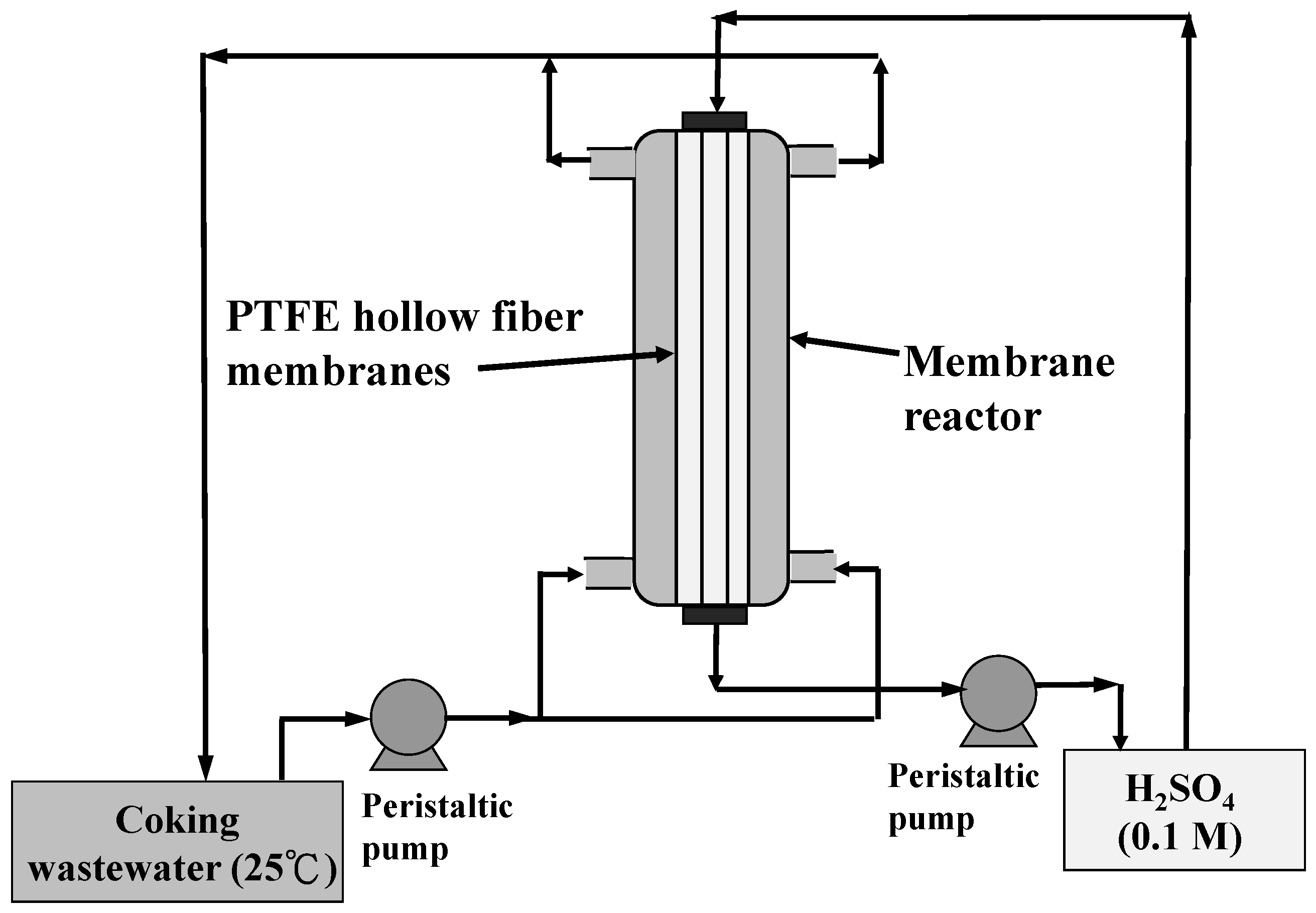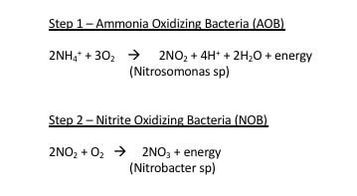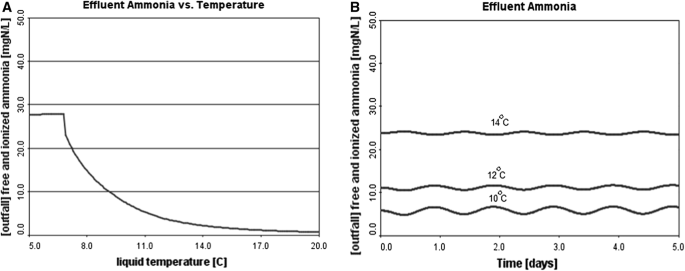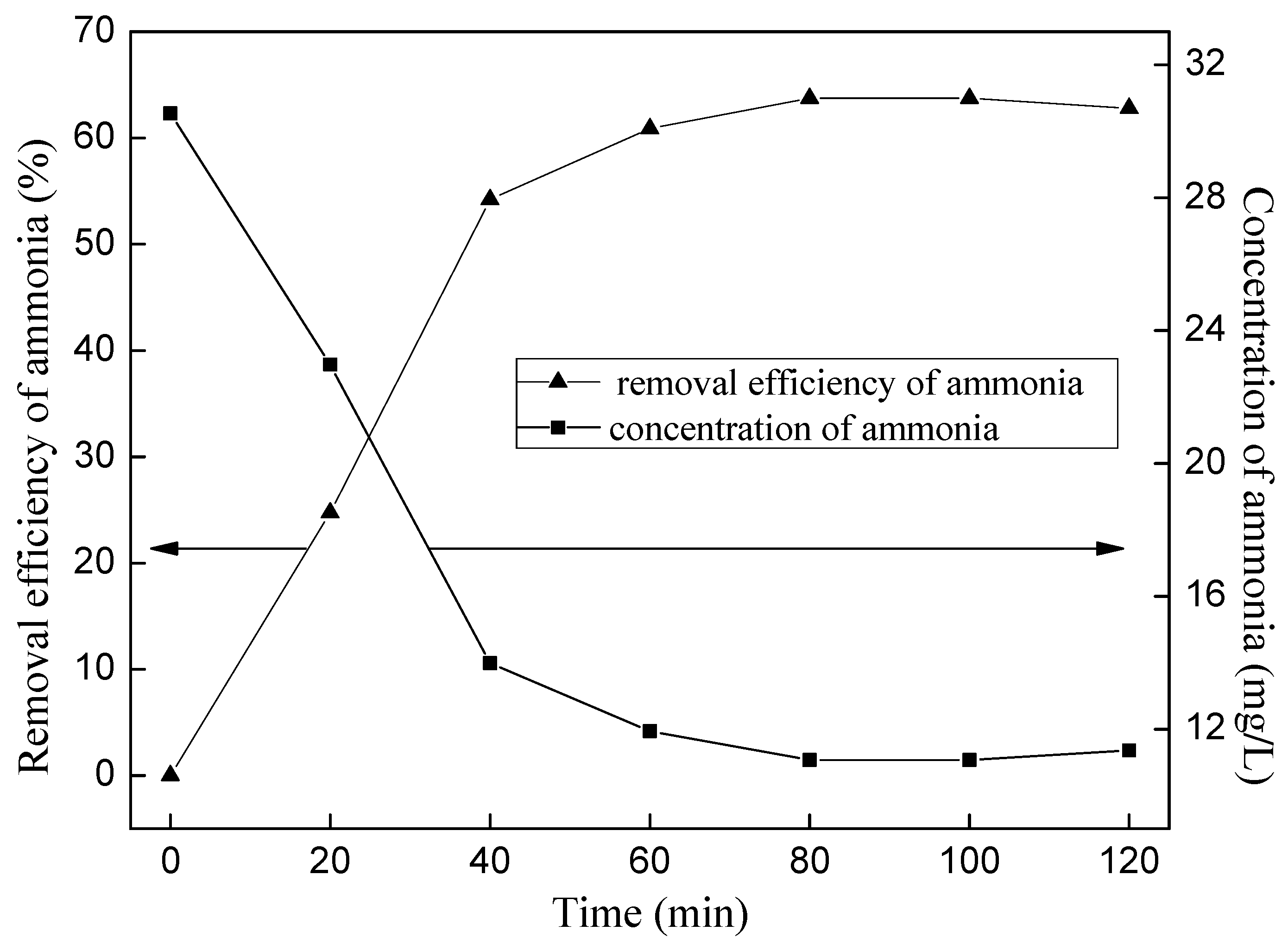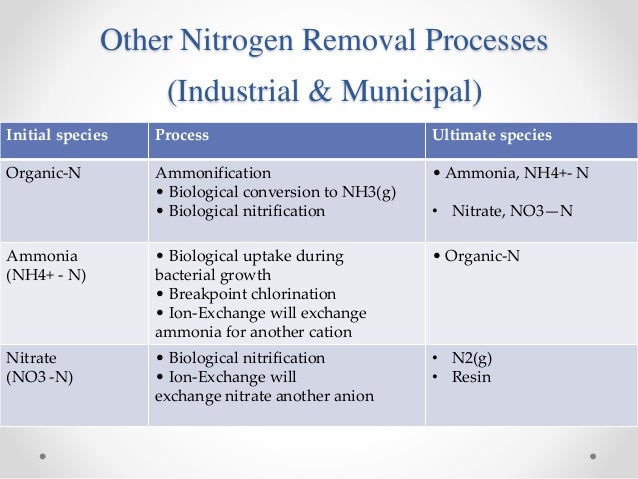Ammonia Removal From Wastewater

This treatment breaks down the ammonia and converts the content into nitrogen.
Ammonia removal from wastewater. Removing ammonia from wastewater is tedious and complicated process but with the breakthrough of modern systems everything is made possible. Air stripping may also be used to remove many hydrophobic organic. Ammonia stripping works well with wastewater that has ammonia contents between 10 to 100mg l. Nitrification is actually a two step process for removing ammonia from wastewater using two different types of autotrophic bacteria that oxidize ammonia to nitrite nitrosomonas and then oxidize nitrite to nitrate nitrobacter.
Biological nitrification systems are designed to completely convert all ammonia to nitrate. The results show that in most of the cases studied the presence of organic compounds enhances the uptake of ammonium ion onto the ion exchangers. Ammonium recovery from domestic wastewater using these current technologies is economically prohibitive with limited practical feasibility when applied to diluted wastewater streams 15. The traditional method for removal of ammonium and organic pollutants from wastewater is biological treatment but ion exchange offers a number of advantages including the ability to handle shock loadings and the ability to operate over a wider range of temperatures.
These bacteria break down the ammonia and eventually promote the release of nitrogen gas into the atmosphere. In this process ammonia treatment occurs via bacteria already present in the water. Nitrification is the most common way to biologically remove ammonia in wastewater lagoons.




